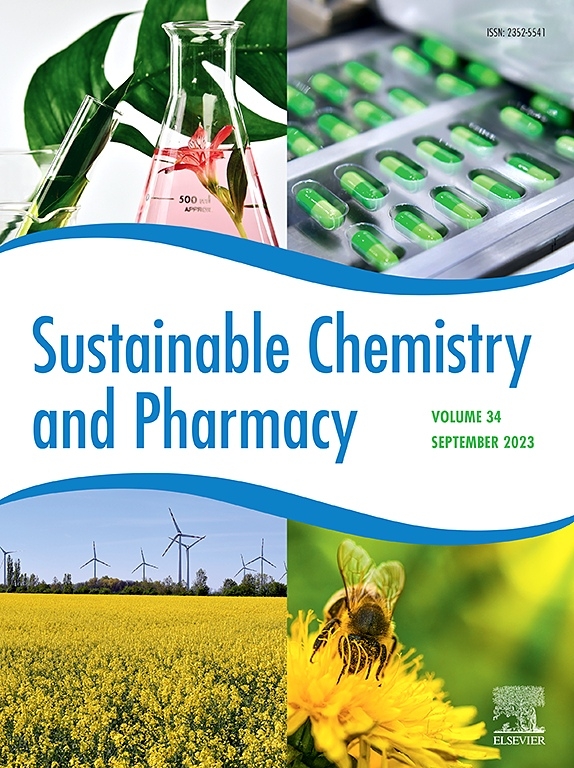Effect of solubilization pH and dehulling on hempseed protein recovery: Chemical characterization, physical properties, and preliminary study of carbon dots synthesis from residual solids
IF 5.5
2区 化学
Q2 CHEMISTRY, MULTIDISCIPLINARY
引用次数: 0
Abstract
Consumer demand for healthier and more sustainable food products is steadily increasing, with strong interest in alternative protein sources such as hempseed (Cannabis sativa L.). However, the shift toward new protein sources requires more than merely identifying alternatives; it also necessitates optimized processing for high recovery yields and complete raw material utilization. In this study a zero-waste fractionation approach was developed to enhance protein recovery from whole and dehulled hempseeds. Following oil extraction, protein recovery was evaluated under various solubilization pH values (10, 11 and 12). Results showed that the recovery of protein isolates was significantly improved at high solubilization pH. Specifically, the highest protein recovery (22.23 g) and purity (94.5 % Kjeldahl protein) were obtained from dehulled hempseeds at pH 12. Amino acid profiles of protein isolates were similar; however, FTIR analysis revealed differences in the secondary structures of whole and dehulled protein isolates, with dehulled isolates exhibiting lower α-helix and higher β-sheet contents. Similarly, the physical properties of whole and dehulled protein isolates differed, with the latter exhibiting lower solubility and higher oil holding capacity and foaming stability. In addition, to fully utilize hempseeds, a zero-waste approach was developed by producing photoluminescent carbon dots from residual solids. Ultimately, this study is the first to propose an integrated processing concept that not only maximizes hempseed protein recovery yields but also incorporates a sustainable valorization strategy for residual solids, offering a promising approach toward the establishment of sustainable agri-food systems.

求助全文
约1分钟内获得全文
求助全文
来源期刊

Sustainable Chemistry and Pharmacy
Environmental Science-Pollution
CiteScore
8.20
自引率
6.70%
发文量
274
审稿时长
37 days
期刊介绍:
Sustainable Chemistry and Pharmacy publishes research that is related to chemistry, pharmacy and sustainability science in a forward oriented manner. It provides a unique forum for the publication of innovative research on the intersection and overlap of chemistry and pharmacy on the one hand and sustainability on the other hand. This includes contributions related to increasing sustainability of chemistry and pharmaceutical science and industries itself as well as their products in relation to the contribution of these to sustainability itself. As an interdisciplinary and transdisciplinary journal it addresses all sustainability related issues along the life cycle of chemical and pharmaceutical products form resource related topics until the end of life of products. This includes not only natural science based approaches and issues but also from humanities, social science and economics as far as they are dealing with sustainability related to chemistry and pharmacy. Sustainable Chemistry and Pharmacy aims at bridging between disciplines as well as developing and developed countries.
 求助内容:
求助内容: 应助结果提醒方式:
应助结果提醒方式:


